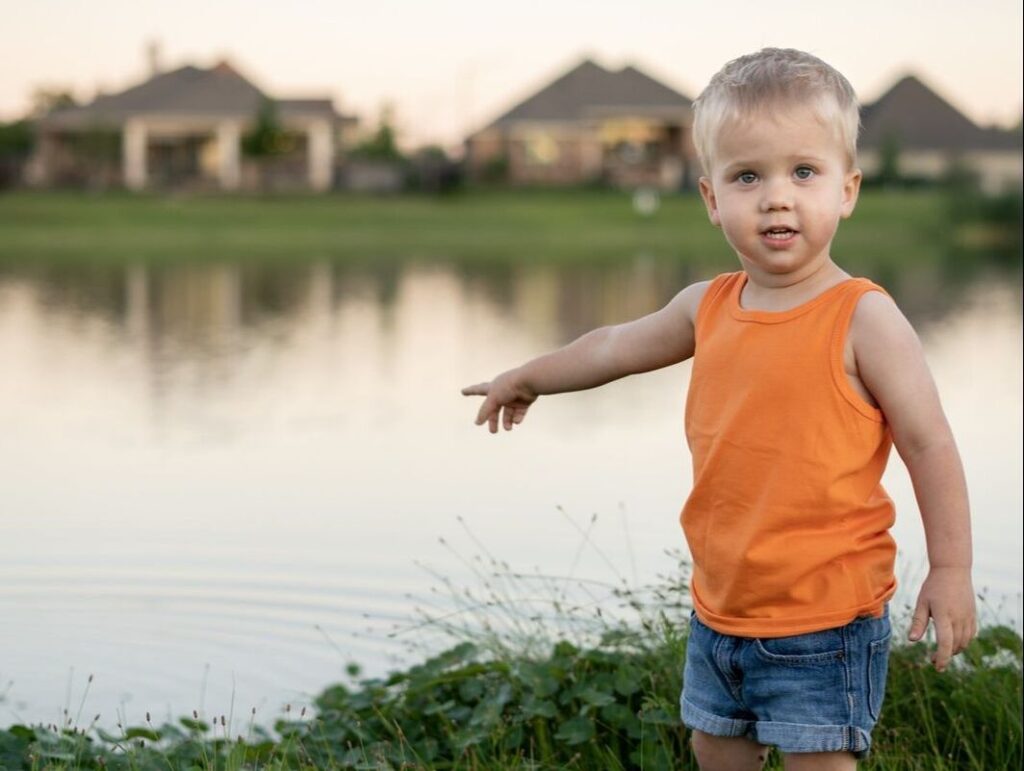Communication + Relationship = Foundation for Learning
If our children have the basics of strong communication skills with us, that is the sign our relationship can withstand a “new language”. What are the foundational basics of relationship/communication? (Part 2 of 3 in a series on Foundations of Language Development by Elaine Thiessen)

For our purposes here, we are talking about how language is learned, but it bears repeating: that is never in isolation from all the other areas that are actively developing in children.
Let’s look at the very first things that a child develops and needs for emotional well-being and language learning—since we’ve just established that the two go together.
The communication milestones for babies in their first six months of life include the following:
- using eye contact to connect and communicate, not just to get your point across (creating relationship)
- vocalizing when their needs are not being met (crying to express hunger, fear, or frustration)
- sharing what their interests are through gaze—catching your eye and getting you to look at things with the
- finding their way to an inner state of calm when you express concern (voice and affection) for them
- responding to playfulness with delight
These are all emotional as well as communication “skills” that set the stage for a strong relationship to develop between a care-giver and a child.
“They remain the foundation stones for those relationships throughout the rest of life…”
They remain the foundation stones for those relationships throughout the rest of life, and reoccur in most relationships that develop in a healthy way over the course of our lifetime.
As you begin to assess how to support your child in a bilingual journey, these are the three questions you want to reflect on:
- Am I providing the safe relational base from which my child has the emotional energy to venture into the world and learn new things?
- Does my child have these most basic of foundations to the development of verbal communication skills? These are: eye contact, self-expression, the ability to find a state of inner calm in my presence, curiosity for exploration, playfulness and delight.
- Does my child perceive that they matter to me? Do they perceive that what matters to them matters to me?
No matter what age your child is now entering, and no matter where you are at in your own journey of parenting and supporting your child in learning, it is always a good time to check in on your foundation. You are getting them the message: You matter to me. You are my delight. We are on the same side.
“Your message matters only so much as it is perceived by the child.”
As you take time to reflect on these questions, we invite you to pat yourself on the back. Building good relationships takes effort and energy. Being a parent is one of life’s most demanding and challenging jobs.
But it is also satisfying and rewarding when you do it without pressuring yourself to be perfect and without trying to manage your children so you can get on to something more important. There is nothing more important than people. There is no job that is bigger or better than the one you are doing.
Give yourself a moment of silent appreciation and affirmation for what you are achieving on this planet. Children who have the support they need to develop healthy emotional and communication patterns are like a garden full of blossoming flowers and singing birds. A family like this is a gift to the world—a glorious thing to observe, or even better…to participate in the growth.
– Elaine Thiessen
Did you miss Part 1 of this series? Read it here.
Part 3 is all about some practical steps to create a habit of connecting with your child, so your new language learning will be more joyful and not stressful.
If you’re a mom living cross-culturally and hoping to connect with a new language, culture and locals with your young children, we have an incredible video course to encourage you and help you grow into your role as mom of TCKs and language-liason! Read about it and watch a preview lesson here.
